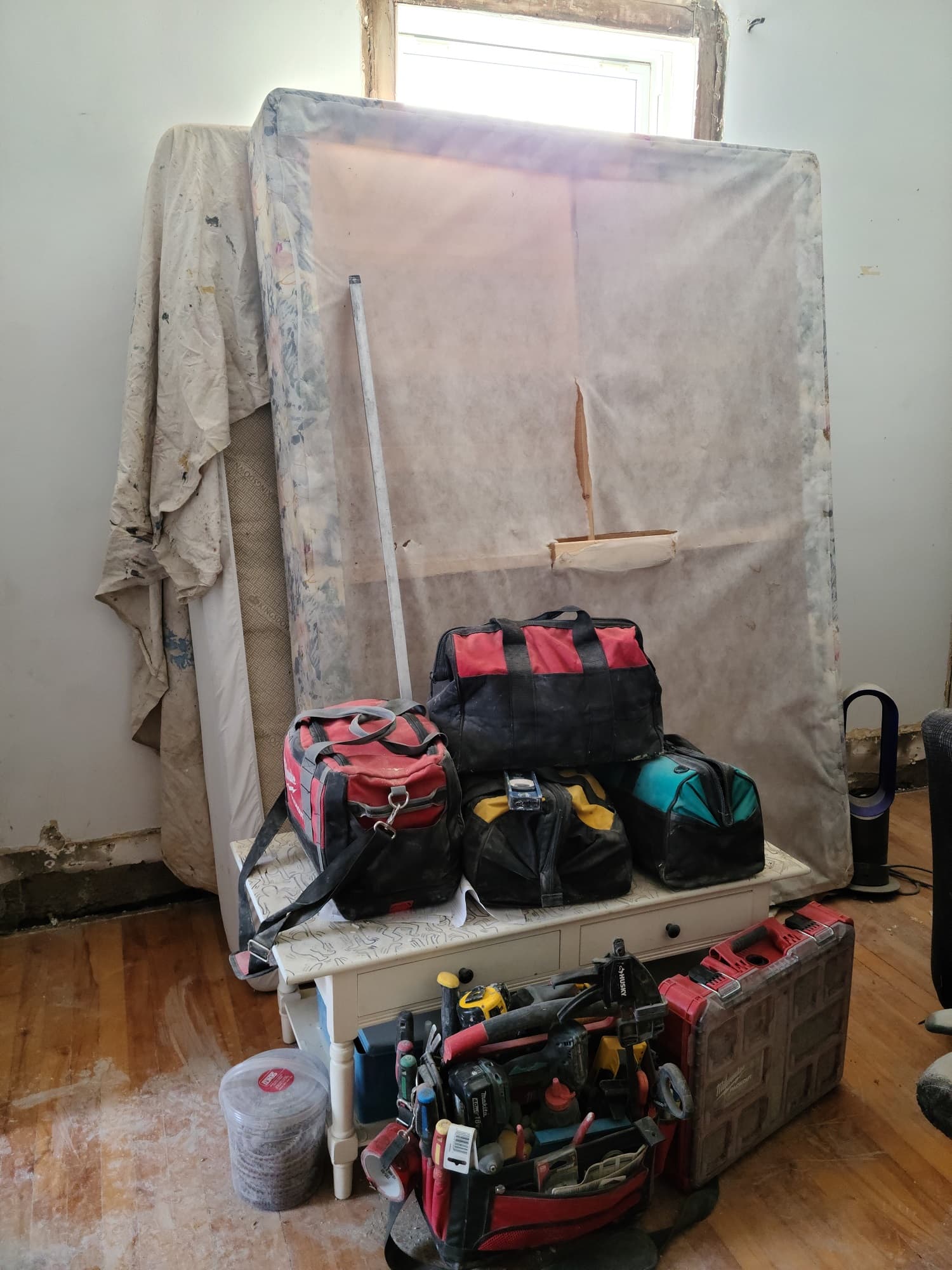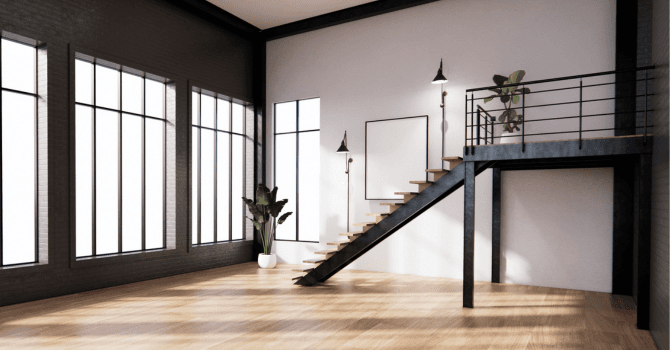
Whether to revitalize your home or prevent heat loss, it may be tempting to replace your windows.
To achieve the expected results, adhere to the outlined procedure. Here are the steps to follow when installing a window.
Step-by-Step Window Installation
Measurements
The first step consists of removing the mouldings and insulation within the frames. Then, measure the height, depth, and width. For the depth, determine the space between the exterior window frame and the drywall. Next, measure the frame casing from the outside. When doing so, measure in three different spots and note the shortest measurement. This way, the window will fit the opening.
How to Remove a Window Before Installing a New One

Proceed carefully since removing a mounted window can damage the surrounding structure should you go about it too fast. Also, remove and inspect the window frame to ensure the space is still in good condition. Should there be any moisture problems, you will need to rectify the issue first before continuing with the installation.
Remove frame and debris
Now, the time has come to remove the frame and check that the inside of the wall is undamaged. To avoid damaging anything, look for screws, nails, or debris, and clear everything out. Then, the next step will be to cut through the vertical window jambs with a reciprocating saw. Once you have done this, you can remove the window frame.
Should you struggle with this step, use a nail bar. If there is any sealant residue on the frame, remove it too. If needed, before proceeding, consult a professional for the best technique to employ. Finally, clean the window frame to ensure no small wood particles are left.
Window positioning and fitting

Now comes the time to mount your window on the heated side of the wall. To minimize heat loss, position the window back a quarter-inch inward. Then, make sure to leave a half-inch gap around the perimeter between the opening and the window frame, which will leave sufficient space to insulate.
Before fixing the window in the frame, ensure that it is not too tight of a squeeze and that the corners form a 90-degree angle.
To ensure the window is level, fit wedges every 16 inches under the window. Now, when it comes to the sides, insert at least three wedges: one on top, one at the bottom, and one in the middle. Should it be required, keep in mind there should be a wedge every 24 inches. Use rust-resistant wood screws to fix the windows to the frame. Lastly, note that the wedges will work as a benchmark when screwing.
Window Insulation

To insulate a window, choose between mineral wool, urethane foam, or polyurethane foam. Before selecting a product, know that urethane foam does not adhere well to PVC windows. However, it is more effective for basement windows, as mineral wool absorbs the moisture from concrete.
Ideally, choose a low-expansion polyurethane foam that is likely to expand sufficiently to ensure that no cavities are left unfilled. However, aluminum or vinyl windows risk not being adequately protected by this insulation. Both materials are prone to expand, which can cause the insulation to peel away from the edge of the window, leaving it unprotected against air infiltration.
Window Caulking
Remember to seal your windows! To ensure a quality result, cut the end of the tube diagonally. Then place the tip of the nozzle against the frame and move at a steady pace to ensure an even amount of sealant is released. Make sure to maintain a constant rate: not too fast or too slow. If you go too fast, not enough caulk will be deposited in certain spots, and should you run it too slow, you risk over-applying caulk.
Finishing touches
The final step consists of installing the interior framing. Then, all you have to do is sweep up!
Tidbit of Advice for New Window Installation
Although you can retain the old window frame, you should still remove it when installing a new window. Keeping it in place can lead to air infiltration, which will in turn affect the overall energy efficiency of your new window.
Handy Tools and Project Materials
Make sure to have on hand the following tools and materials:
Ruler;
New window;
Insulating material (urethane or polyurethane foam, or mineral wool);
Reciprocating saw;
At least three wedges;
Rust-resistant wood screws.
Steps to follow when installing a new window
1) Measurements
Measure the height, depth, and width in at least three spots.
2) Removing the existing window
Proceed cautiously and rectify any existing issues, if necessary.
3) Remove the window frame
Ensure that the inside of the frame is in good condition;
Remove all debris (screws, nails, or anything else that might hinder the process);
Cut through the vertical window jambs with a reciprocating saw;
Remove the remnants of caulking, if needed;
Wipe down the frame.
4) Positioning and fitting the window
Position the window from the inside and offset ¼ inch inwards;
Leave half an inch between the window opening and the frame;
Make sure the fit is not too tight and that the corners make a perfect 90-degree angle;
Fit wedges every 16 inches (at least at the top, bottom, and middle sections) under the window to maintain its level;
Screw in the window with rust-resistant wood screws.
5) Insulate the window
Insulate the window with mineral wool, polyurethane or urethane foam (ideally polyurethane foam).
6) Window caulking
Cut the caulking tube tip at an angle;
Apply sealant along the edge at a constant rate.
7) Finishing touches
Install inner frames.
Looking for more information regarding windows and doors? Check out our Door and Window Renovation Guide.
Get 3 renovation quotes for your window installation project
RenoQuotes.com can help you get quotes for your window installation project. By submitting your project, we’ll put you in contact with top-rated contractors. Fill in the form on the homepage (it only takes a few minutes), and you will get estimates from trusted professionals.
Dial 1-844 828-1588 to speak with one of our customer service representatives.
Looking for something else?
Related articles
The latest industry news, interviews, technologies, and resources.

Équipe éditoriale
•28 Aug 2024
Although hidden behind the scenes, both fuses and circuit breakers run the central electrical operations while they serve to protect your home as well as your family. Both work to defend against an overloaded electrical circuit by interrupting the flow of electricity.

Amanda Harvey
•07 Nov 2023
Is your home ready for a much-needed renovation? Do you feel like you're prepared to take on the job? Many homeowners feel as though everything has already been considered and arranged, but there are often aspects of home renovations that are overlooked and can lead to serious problems down the line.

Editorial Team
•07 Nov 2023
Are you curious about changing the layout of your mezzanine to improve the design of this living space, and are looking for some ideas before you begin this project? Take a peek at these wonderful examples of mezzanines to offer you some inspiration.

Cynthia Pigeon
•07 Nov 2023
Being able to enjoy a cozy basement free of cold floors is probably something you have been dreaming of. If not, should you happen to have an unfinished basement, the possibility of converting this area into a livable space is probably at the forefront of your mind.

Léa Plourde-Archer
•29 Oct 2024
Are you all about wellness spas and dedicated to improving your well-being? Looking to create something similar in the comfort of your home?